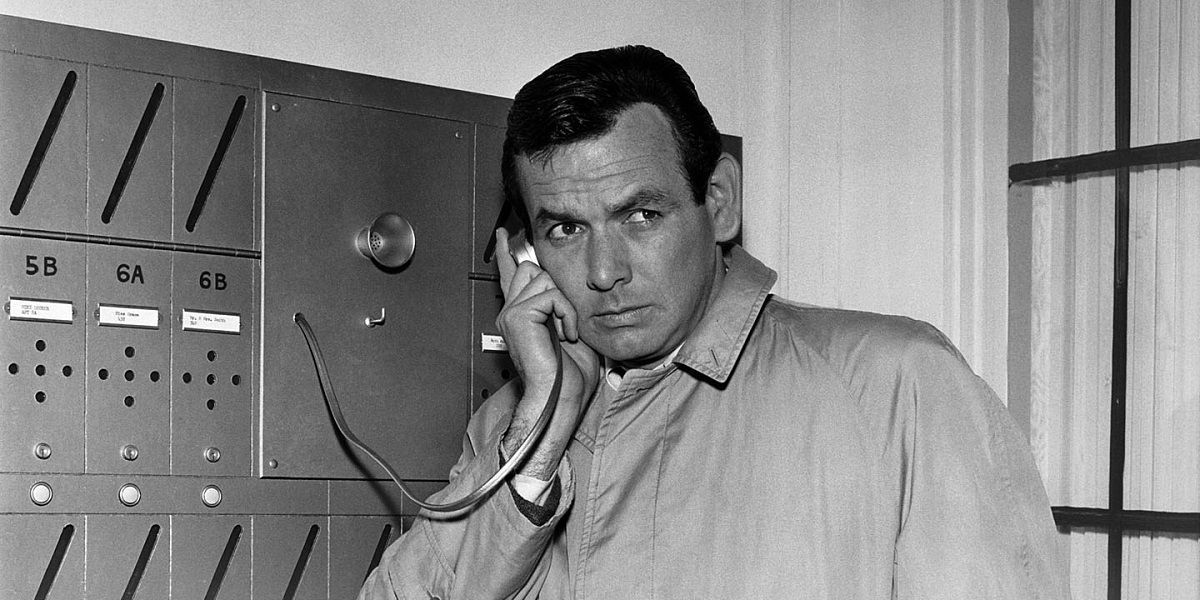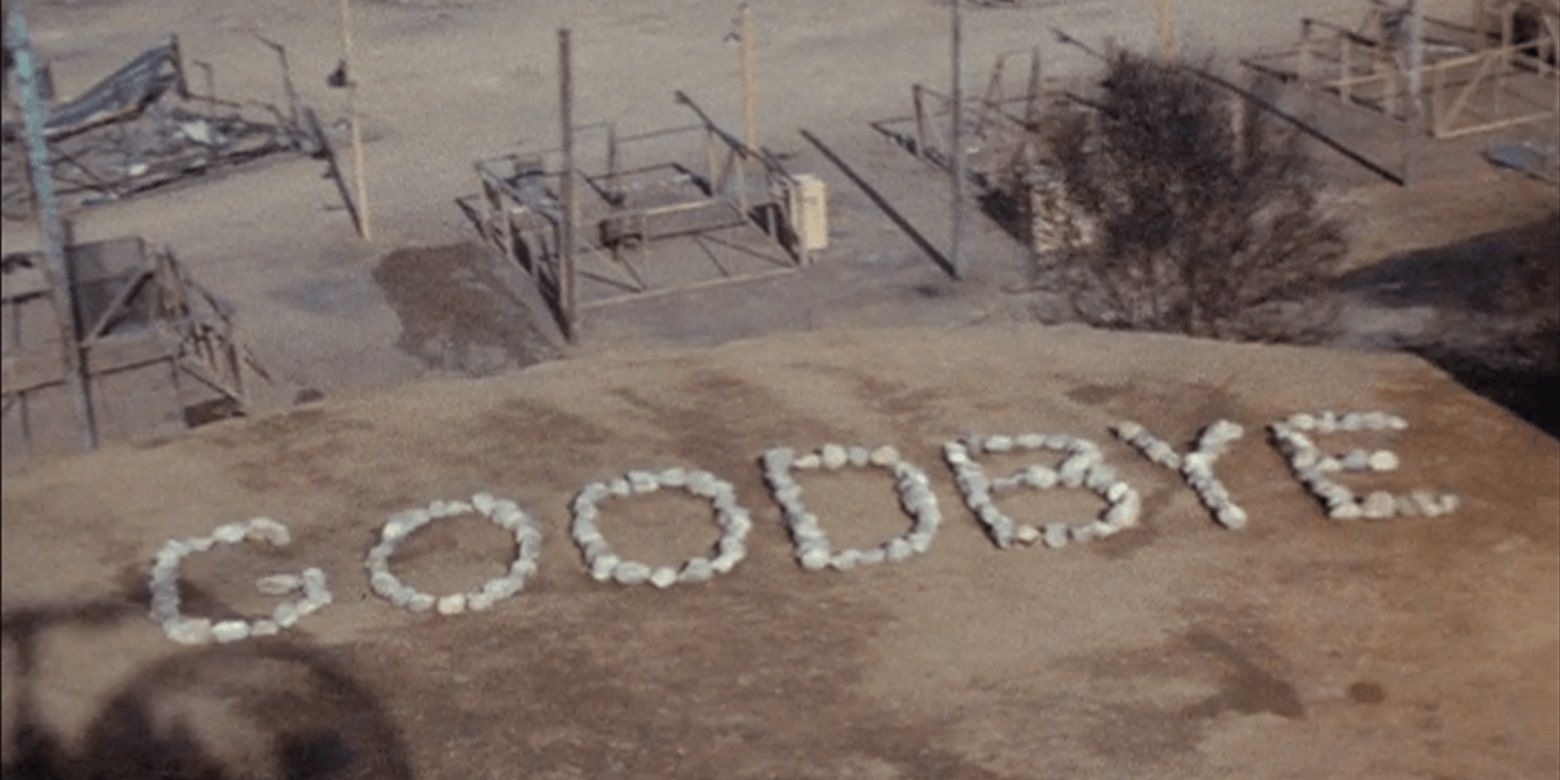
The Mind-Blowing TV Finale That Captivated a Staggering 78 Million Viewers 58 Years Ago!

Experience the historic TV moment from 1967 as 78 million viewers were captivated by The Fugitive's thrilling finale, where they unraveled the mystery behind Dr Kimble's wife's murder A true television phenomenon that remains unmatched in audience numbers to this day
Summary
The series finale of The Fugitive in 1967 drew a record-breaking audience of 78 million viewers, which was unparalleled at the time.
The Fugitive became popular because of its captivating plot and the suspense surrounding the revelation of Dr. Kimble's wife's killer. Only a handful of TV episodes, including the series finales of Seinfeld, Cheers, Roots, and M.A.S.H., have achieved higher viewer ratings than The Fugitive, solidifying its status as a long-lasting cultural phenomenon.
Nearly sixty years ago, a staggering 78 million viewers were captivated by what would become the most-watched episode of television in history - the series finale of The Fugitive. This marked a significant milestone for the relatively new medium of entertainment, as never before had such a massive audience gathered to simultaneously tune into a single show. While subsequent television episodes have since surpassed the 78 million mark, at the time, it stood as an unparalleled achievement in viewership for a single episode.
This astonishing figure is particularly remarkable today, given the highly fragmented nature of the television landscape, where even the most-watched shows struggle to garner more than 10 million viewers. In the past, with a significantly narrower selection of programs available, each show was able to amass a larger audience. The popularity of shows that incorporated elements of mystery and intrigue, gradually revealing layers of the story leading up to its culmination, played a pivotal role in this. This culminated in a remarkable moment in 1967, when viewers across the nation came together in a monocultural event to learn the identity of a murderer in The Fugitive's series finale.
Millions of People Tuned In To The Fugitive To Learn The Murderer of Dr. Kimble's Wife
On the night of August 29th, 1967, nearly half of American households, specifically 45.9%, tuned in to watch "The Judgment Part 2" episode of The Fugitive on television. The audience was eagerly anticipating the revelation of the person responsible for killing Dr. Richard Kimble's wife. Kimble had been a fugitive for four seasons, falsely accused of his spouse's murder. Viewers were captivated by the weekly stories, which combined both intense drama and suspense, as Kimble uncovered clues and delved into the overarching narrative of finding his wife's killer. The impact of this show would go on to shape the future structure of television.
In the end, Dr. Kimble successfully located and confronted his wife's murderer, bringing closure to the millions of viewers who had patiently awaited the outcome over multiple seasons. Although numerous popular shows followed The Fugitive, it took quite some time before any could surpass the record-breaking 78 million viewers of its finale. The enduring popularity of The Fugitive was still evident decades later in 1993, when a film remake featuring Harrison Ford in one of his most acclaimed roles received seven Oscar nominations and earned Ford the award for Best Supporting Actor.
Only a Few Episodes Have More Viewers Since The Fugitive In 1967
The finale of The Fugitive, which aired in 1967, attracted a staggering 78 million viewers, accounting for approximately 40% of the entire American population that year, according to U.S. census data. The only other television episodes to surpass this impressive number were a few highly popular events, which garnered over 100 million viewers each. These episodes managed to outperform The Fugitive in terms of viewership.
Over the past 50 years, only a select few television shows have been able to match or surpass the 78 million viewers of The Fugitive. In 1998, the Seinfeld finale came close with 76.3 million viewers but ultimately fell short. Other notable shows that have surpassed this number include the finale of Cheers (80.4 million), the miniseries Roots (100 million), and the current record-holder for most viewers all-time, M.A.S.H., which drew an astounding 105.9 million viewers during its final episode. Only recent Super Bowls, the Apollo moon landing, O.J. Simpson's trial, and Richard Nixon's resignation speech in 1974 managed to attract larger audiences.











